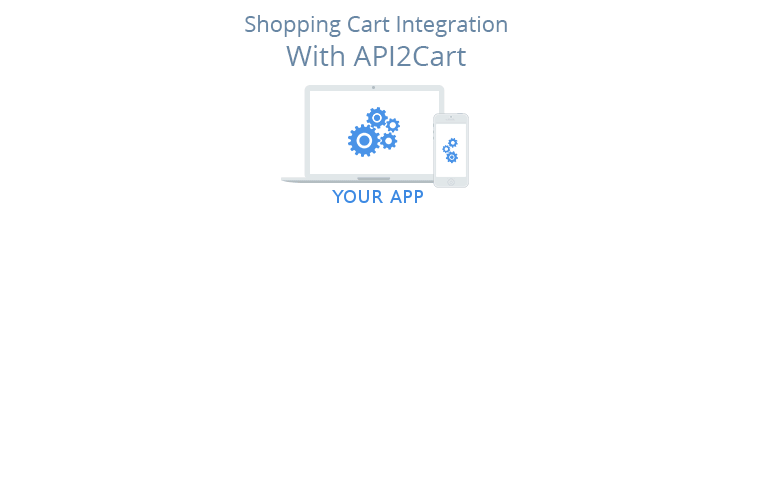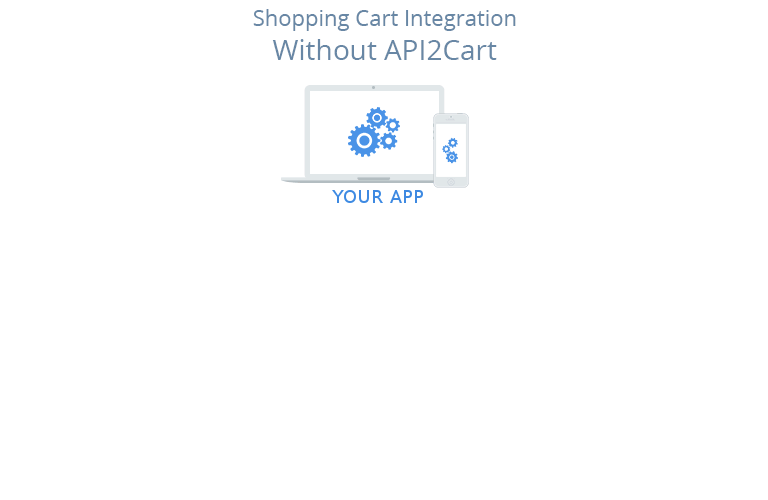
In today’s eCommerce-driven world, the variety of trade channels and opportunities is truly huge and continues to grow. E-retailers use every means to reach customers: own e-store, marketplaces, wholesaling, mass media, social media, etc. The rise of eCommerce has also resulted in the cornucopia of software solutions for e-retailers which support and streamline various business processes, which are getting more complex along with the growth of sales volume and the number of channels.
Each additional channel brings not the only potentiality but also challenges. Multichannel retailing requires a solid back-office system, which can consolidate all orders, processes, and data from different channels in one system. Though it applies to single-channel retailing as well because when an online shop reaches a point when the number of orders is so big that it becomes difficult to proceed them manually, the need for special software to automate this process arises.
Just merchants face the decision of choosing sales channels that fit best their products, eCommerce SaaS vendors also have to choose sales channels to work with. Such software typically needs customer, order, and product data from e-stores to run their functions. The optimal way to facilitate the access to this information is to integrate with shopping carts and marketplaces that e-retailers use to build their stores on and trade.
How to Choose Sales Channels to Integrate With?
If integration were easy, the choice would be pretty easy too. Vendors could have connected to all possible shopping carts and marketplaces and would have instantly become an all-encompassing solution. But the reality is that integration process is lengthy and costly, so B2B software vendors need to set priorities for the platforms they want to work with. This decision mostly depends on users’ preferences. Let’s see what types of trade channels are there, investigate their strengths and weaknesses, and how you, as an eCommerce Saas vendor, can use them to your advantage.
To put it simply, trade channels can be broken down into two different models: Direct and Indirect. Direct models imply that a company has its own web store, so their customers can place orders with them directly. The Indirect model, on the other hand, involves selling goods alongside other vendors on marketplaces.
Direct model is traditional and is the most widely used. Merchants who look to grow a sustainable business and create the own marketable brand focus on building the standalone web store. Those who practice direct sales, typically build their e-stores on shopping carts. So integration with them is the main target for B2B eCommerce services. The variety of shopping carts is quite wide, and of course, there are more and less popular ones among them. The more shopping carts the system supports the more potential client it gets.
As to the indirect model of selling, it implies trading through marketplaces. In essence, it is a website where products coming from multiple vendors are gathered on one platform. The marketplace owner is typically responsible for keeping track of money transactions and sometimes for inventory and order fulfillment, whereas vendors only deal with manufacturing and supplying.
Key Findings
- There are a lot of merchants who own a standalone eCommerce website and use marketplaces as additional sales channels, and it is especially true of large companies. If they are your target market, then it is best to integrate with both leading shopping carts and marketplaces.
- There is also a huge number of merchants that sell through the single reliable channel - their own web store. To reach such potential customers, there will be enough to integrate with a wide range of shopping carts.
- Nowadays marketplaces often manage inventory themselves and offer their own software to help sellers with order fulfillment, customer service, and data analytics. That is why merchants who sell exclusively on marketplaces usually have no need for additional B2B eCommerce software.
- Even if you are targeting only marketplaces, integration with shopping carts is worth considering as the means to extend market share and expand the business.
- No matter who your target customers are, integration with shopping carts is practically inevitable.
Shopping Cart Integration Can Be Easier
Though shopping cart integration is difficult, it is essential to developing agility needed to grow a B2B eCommerce business. If done separately, each integration takes at least a month and few thousand dollars just to establish the connection, not to mention the further maintenance. Luckily, there is a way to perform integration faster, easier and cheaper than you could expect. API2Cart can help eliminate unnecessary money and time expenditures by providing a unified API that enables data interaction with multiple eCommerce platforms. Through only one integration with API2Cart, you can get connected with 40+ shopping carts, including all industry leaders such as Magento, Shopify, PrestaShop, and other platforms at once.

If you are interested in integrating your B2B solution with many shopping carts and would like to talk about the technical details, please schedule a consultation with our representative or try how API2Cart would work for your business.




